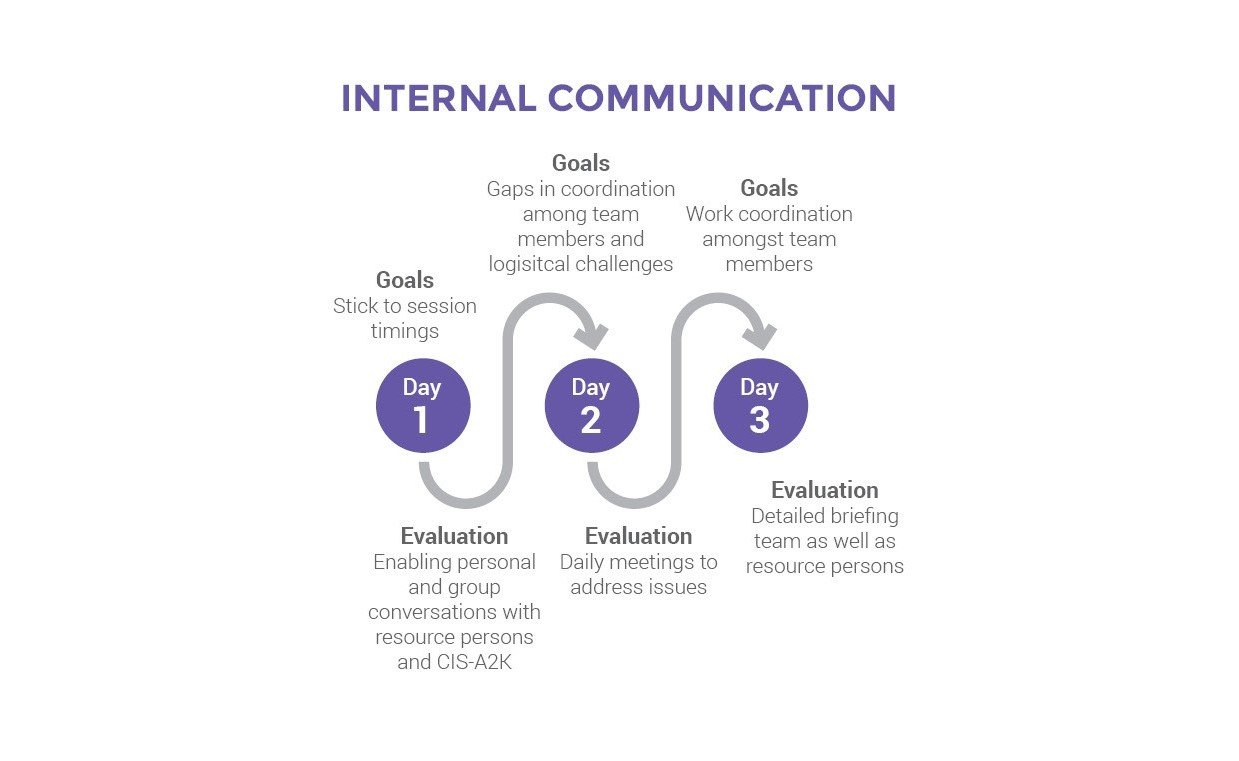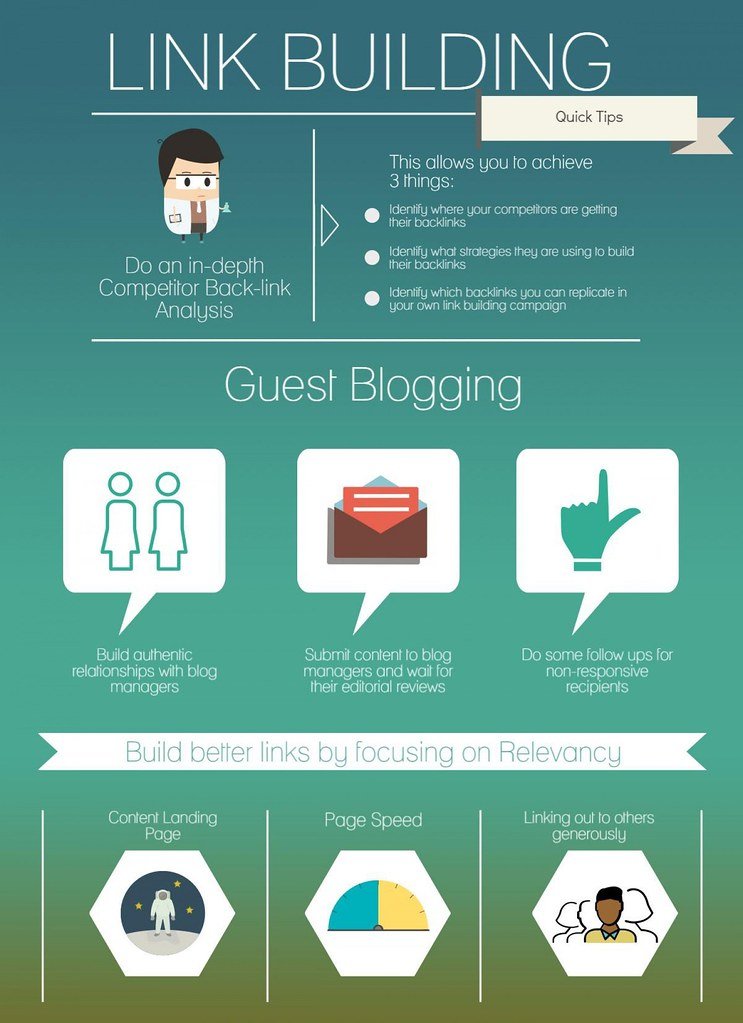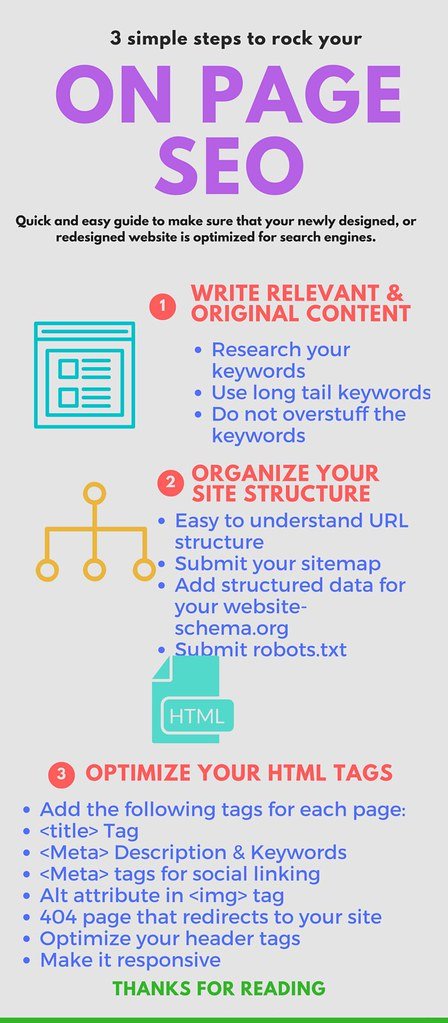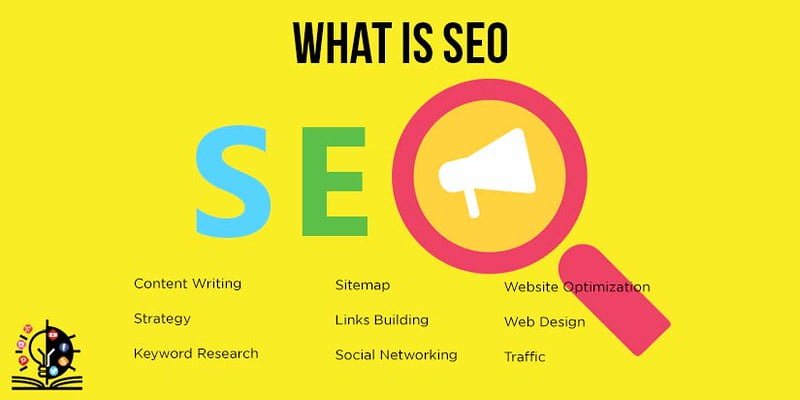Unlocking the secrets of search engine optimization (SEO) can often feel like trying to decipher an enigmatic code, one that continuously evolves and often leaves even the savviest of marketers scratching their heads. As the digital landscape becomes increasingly competitive, it’s crucial for businesses to harness every tool at their disposal to rise above the ever-expanding online noise. Among SEO’s many strategies, there lies an internal magic waiting to be unleashed: the art of linking like a pro. Mastering this enigmatic sorcery can greatly enhance a website’s visibility, driving organic traffic and catapulting it to the top of search engine rankings. So, grab your wands, dust off your cloaks, and prepare to embark on a magical journey through the ethereal realm of internal linking, where we will unravel its mysteries and empower you to become a true SEO sorcerer.
Table of Contents
- Understanding the Importance of Internal Linking for SEO Optimization
- Leveraging Internal Link Structure to Enhance Website Visibility
- Strategies for Effective Internal Linking: A Step-by-Step Guide
- Optimizing Internal Links for Higher Search Engine Rankings
- Q&A
- In Retrospect

Understanding the Importance of Internal Linking for SEO Optimization
Internal linking is a secret weapon that can work wonders for your website’s SEO optimization. When it comes to mastering the art of internal linking, it’s like having a magic wand in your hands. So, let’s delve into why internal linking is so important and how you can use it to boost your search engine rankings like a pro!
1. Boost your website’s authority: Just like connecting the dots, internal linking helps to establish a network within your website. By linking relevant pages together, you create a hierarchy of importance and guide search engines to understand which pages hold more value. As a result, your website’s authority increases, and search engines are more likely to rank it higher in search results.
2. Enhance user experience: Internal linking isn’t just about pleasing search engines; it’s also about making your website user-friendly. By strategically linking related content, you make it easier for your visitors to navigate through your site, discover more valuable information, and stay engaged for longer. It’s like creating a seamless path for them to follow, leading to a better user experience that keeps them coming back for more.
In a nutshell, internal linking is the invisible thread that weaves the web of your website together. It boosts your website’s authority in the eyes of search engines, while simultaneously enhancing the user experience. So, don’t overlook the magic of internal linking – master it, and watch your SEO optimization soar to new heights!
Leveraging Internal Link Structure to Enhance Website Visibility
One of the most powerful yet often overlooked techniques in search engine optimization (SEO) is leveraging the internal link structure of your website. It’s like having a secret weapon that can enhance your website’s visibility and boost your rankings on search engine result pages.
Internal links are the links that connect different pages within your website. They not only help users navigate through your site but also play a crucial role in guiding search engine bots to understand the structure of your website. By strategically placing internal links, you can guide both users and search engines to your most important pages.
So how can you leverage the internal link structure to work like a pro? First, organize your website’s content into specific categories or themes. This will make it easier for users and search engines to find relevant information. Then, use keyword-rich anchor texts to link between pages. Incorporating the target keywords in the anchor text will tell search engines what that page is about, increasing its chances of ranking higher. Additionally, consider adding internal links within your content when appropriate. Sprinkle them naturally to provide additional context or related information, enhancing the user experience while also boosting SEO. Remember, the better internal links you have, the easier it is for search engines to crawl and understand your site’s structure. So, start leveraging your website’s internal link structure and discover the magic of improved visibility and higher rankings!
Strategies for Effective Internal Linking: A Step-by-Step Guide
Internal linking is a crucial aspect of SEO that often gets overlooked. But fear not, beginners! We’re here to unveil the hidden magic behind mastering internal linking like a pro. So grab your virtual wand and get ready to cast some SEO spells!
1. Understand the Power of Internal Links:
Internal links are like secret pathways that connect different pages of your website. These links not only help users navigate through your content effortlessly but also send signals to search engines about the relevance and importance of your pages. Think of internal links as the glue that holds your website together, allowing search engine bots to easily crawl and index your site.
2. Create a Logical and Organized Link Structure:
Just like a well-organized library, your website should have a clear and logical link structure. Start by identifying your most important pages, also known as cornerstone content. These pages should be at the heart of your internal linking strategy, with other pages linking back to them. This not only establishes the hierarchy of your website but also spreads the SEO juice evenly across your pages. Remember, the better your link structure, the easier it is for users to find what they’re looking for without getting lost in a maze of links. So, keep your links relevant, organized, and neat like a tidy bookshelf.
3. Optimize Anchor Texts for Relevance:
Anchor what? No, we’re not talking about ship anchors here. In SEO, anchor text refers to the clickable words or phrases that appear as hyperlinks. When adding internal links, don’t just settle for generic and boring anchor texts like “click here” or “learn more.” Instead, get crafty and use anchor texts that accurately describe the linked page. For example, if you’re linking to a blog post about “strategies for effective internal linking,” make sure your anchor text says just that. Not only does this boost your page’s SEO value, but it also helps users understand where the link will take them. It’s like painting a clear signpost that says, “This way to valuable information!” So, wave your anchor text wand and sprinkle some relevance into your internal links.
4. Keep an Eye on Page Authority and Link Equity:
Imagine your website as a popularity contest, where each page competes for attention and higher rankings. Page authority and link equity play a crucial role in determining the winner. Page authority measures the overall strength and credibility of a page, while link equity refers to the value passed from one page to another through internal links. To win this popularity contest, focus your internal links on high-authority pages. By directing traffic and link equity to these pages, you’ll boost their chances of ranking higher in search results. It’s like giving a VIP pass to your most important pages, allowing them to shine brighter in the eyes of search engines. So, make sure your internal linking strategy is all about sharing the love and boosting your pages’ popularity.
Remember, mastering the art of internal linking is a process that requires patience and practice. Start by building a strong foundation with an organized link structure and relevant anchor texts. Then, optimize your internal links to boost page authority and spread the SEO magic across your website. Soon enough, you’ll be Linking Like a Pro, captivating both users and search engines with your internal linking prowess!
Optimizing Internal Links for Higher Search Engine Rankings
Internal links play a crucial role in optimizing your website for higher search engine rankings. Think of them as the invisible threads that weave your website’s pages together, guiding both users and search engine bots from one page to another. By strategically placing internal links throughout your site, you can improve user experience, increase page visibility, and ultimately boost your SEO efforts.
One key aspect of optimizing internal links is using relevant anchor text. Instead of using generic phrases like “click here,” use descriptive and keyword-rich anchor text that provides context about the linked page. For example, if you’re linking to a blog post about ”Top 10 SEO Tips,” rather than using “click here,” use anchor text like “Learn the best SEO tips to improve your website’s performance.” By doing so, search engine algorithms can better understand the relevance of the linked page, and it can have a positive impact on your search engine rankings.
Next, consider the hierarchy of your internal linking structure. Just as a well-organized library categorizes books into different sections and sub-sections, your website should have a logical hierarchy. Create categories or sections on your website and link to related sub-pages within those categories. This not only helps search engines understand the structure of your website but also allows users to easily navigate through your content. By organizing your internal links in a hierarchical manner, you ensure that every page on your site is interconnected, creating a seamless user experience and improving your search engine rankings. Remember, the better the internal link structure, the easier it is for search engines to crawl and understand your website.
Q&A
Q: How can I improve my website’s SEO?
A: Ah, the age-old question! Improving your website’s SEO is a journey every webmaster embarks upon. One magical trick lies in mastering internal linking.
Q: What is internal linking and why is it so important?
A: Picture a web of interconnected pages within your website. That’s internal linking! It involves strategically placing hyperlinks within your content that direct users to other relevant pages on your site. Not only does it facilitate user navigation, but it also helps search engines understand the structure and relevance of your content. Internal linking is like a secret handshake that makes your website more appealing to both users and search engines.
Q: How does internal linking affect SEO?
A: Now, here’s where the magic happens! Internal linking plays a significant role in boosting your website’s SEO. By creating a network of links, you guide search engine crawlers through your site. This helps them discover and index your pages more efficiently. Moreover, internal links distribute the ranking power from high-authority pages to others, leading to improved visibility in search engine results pages (SERPs). In other words, by mastering internal linking, you unlock the potential to soar high in the SEO game!
Q: How can I implement internal links effectively?
A: Ah, a skill that separates the pros from the amateurs! Start by identifying your high-value pages, those that you want to rank highly. Next, find relevant and contextually appropriate places within your content to insert hyperlinks pointing to these important pages. Aim to use descriptive anchor texts that accurately describe the linked pages. Also, ensure that the number of internal links on a page isn’t excessive, as this may dilute their impact. Remember, the key is to guide users seamlessly through your site while providing search engines with clear signals.
Q: Are there any pitfalls to avoid while internal linking?
A: Of course! Just as a magician must avoid revealing their secrets, there are a few pitfalls you should be mindful of. Avoid using generic anchor texts like “click here” or “learn more,” as they provide no context to search engines or users. Also, don’t indulge in excessive internal linking, as it may confuse both search engines and users alike. Finally, ensure that all your internal links are working and pointing to the correct destination. Broken links can harm the user experience and negatively impact your SEO efforts.
Q: Can internal links be used to promote older content?
A: Absolutely! Internal linking provides a fantastic opportunity to give your older, forgotten content some much-deserved love. By interconnecting and referencing your older articles within newer ones, you breathe new life into them. Not only does this improve the overall user experience by offering additional resources, but it also helps search engines rediscover and reevaluate the value of your older content. So, don’t let your old gems gather dust! Link them like a pro and make them shine once again.
Q: Is there anything else I should consider when it comes to internal linking?
A: Indeed, there is! While internal linking is indeed powerful, it shouldn’t be solely relied upon for SEO success. It serves as just one piece of the SEO puzzle. Remember to focus on creating high-quality, engaging content that resonates with your target audience. By combining valuable content with strategic internal linking, you’ll master the art of SEO’s internal magic and propel your website to new heights.
Q: Are there any additional resources I can refer to for more information?
A: Glad you asked! There are numerous resources available to help you dive deeper into the fascinating world of internal linking and SEO. Websites like Moz, Search Engine Land, and Neil Patel’s blog are excellent sources for comprehensive SEO insights. Additionally, you can explore Google’s Webmaster Guidelines to ensure you’re following best practices. Keep exploring and experimenting, and may your internal linking adventures lead you to SEO mastery!
In Retrospect
As we wrap up our exploration of the enchanted world of SEO’s internal magic, we hope you have discovered the key to unlocking unprecedented success for your website. Linking like a pro is not just about understanding the technical aspects, but also embracing the artful dance between relevance and authority.
Remember, the power of internal linking lies within your grasp. Seamlessly guiding users through a labyrinth of content, you can weave a digital tapestry that not only enhances their experience but also boosts your website’s visibility in search engine results.
With each strategic link, you forge a connection that illuminates the depths of your website like a celestial constellation. Each link becomes a guiding star, leading both search engine spiders and human visitors to discover the hidden treasures of your content.
So, let your website become a captivating museum, where knowledge seamlessly flows from one exhibit to another. Let your internal links be the invisible tendrils that bind your webpages together, telling a story of relevance, authority, and expertise.
But, as in any magical endeavor, remember to wield this power responsibly. Linking for the sake of linking may prove to be a perilous path. Instead, aim to create a cohesive web of content that serves the needs of your users, guiding them naturally to relevant sources of information.
As you master the art of linking like a pro, stay open to the ever-evolving landscape of SEO. The enchantments of search algorithms may change, but the underlying principles of internal linking will always serve as a cornerstone of success.
Now it’s time to put your newfound knowledge to practice. Venture forth, armed with the secrets of SEO’s internal magic, and may your website thrive in this mesmerizing realm. Remember, your links have the power to create connections that transcend the boundaries of the digital world – so, link wisely and conquer the realm of search engine optimization like a true master!

